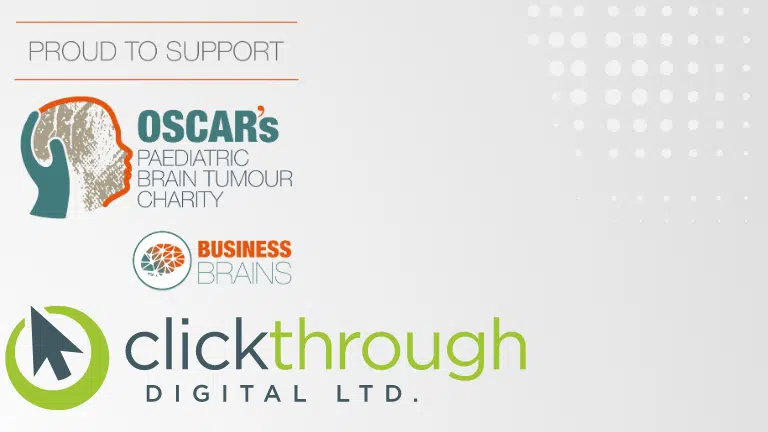In the ever-evolving world of digital marketing, the link between Pay-Per-Click (PPC) advertising and Search Engine Optimisation (SEO) can be a game-changer for your online success.
By strategically aligning these two powerful tools, you can not only drive targeted traffic but also enhance the overall user experience.
In this guide, we’ll delve into the core elements of optimising your PPC landing pages for SEO excellence and explore how you can elevate your campaigns by focusing on the following essential areas:-
1. Consistency is Key – Align Your Landing Page Content with Ad Copy
The first rule of PPC landing page optimisation is to ensure consistency between your ad copy and landing page content. When users click on your ad, they expect a seamless transition from the ad to the landing page.
Picture this: a user clicks on a captivating PPC ad that promises the world, only to land on a page that feels disjointed and unrelated. This can immediately make users click off the webpage and look for another brand or business that can give them a better experience. (We’ve all done it!)
However, when users find what they expect, it builds trust and increases the likelihood of conversions.
It is essential to use keywords relevant to your ad campaign in both the ad copy and the landing page content. This not only enhances user experience but also contributes to a higher Quality Score in your PPC campaign, positively impacting your ad’s ranking and cost per click.
To achieve this, make sure your landing page mirrors the language, tone, and intent of your ad.
If I use our own business as an example, our PPC ad would be promoting SEO services offered by an SEO Agency in Yorkshire, and we would make sure the landing page highlights the same services with those relevant keywords. Consistency reassures users that they’ve landed in the right place and demonstrates relevance to search engines.
2. Craft a Compelling Call to Action (CTA)
Imagine your landing page as a crossroads, and your Call To Action (CTA) is the signpost guiding visitors towards their destination – conversion. A compelling CTA is like a magnet that draws users in, urging them to take that desired action. Make your CTA specific, action-oriented, and visually distinct.
Incorporate keywords that resonate with your PPC ad, so again, for us here at Click Through Digital, that would be ones such as “Unlock Your PPC Potential Today” or “Start Your SEO Journey Now.”
Consider the placement, colour, and wording of your CTA to ensure it stands out and leaves no room for ambiguity.
A well-executed CTA not only drives engagement but also contributes to a seamless user experience, a factor highly valued by search engines.
3. Simplify Form Completion for Maximum Impact
User attention spans are fleeting, and the last thing you want is to lose potential leads due to a long and complicated form.
When collecting user data, simplicity is key. Keep your form fields to a minimum, asking only for essential information. The fewer fields’ users need to complete, the more likely they are to follow through.
Plus, users are more likely to engage when the form-filling process is quick and hassle-free.
For instance, if your PPC campaign offers a downloadable guide on your services for example, a form requesting just the user’s name and email will suffice.
This simplicity ensures a frictionless experience and encourages higher conversion rates. Remember, every field you add is an additional hurdle for users to overcome.
4. Speed Matters – Prioritise Page Load Speed
In the digital realm, seconds can make or break user engagement. Page load speed is not only a user-experience factor but also a critical element in SEO ranking algorithms. Slow-loading pages can deter users and lead to higher bounce rates, negatively affecting your SEO performance.
To optimise page load speed, we would recommend compressing images, minifying code, and utilising browser caching.
Regularly assess your landing pages using tools like Google PageSpeed Insights to identify areas for improvement. By prioritising swift page load times, you create a user-friendly environment that search engines reward with better rankings.
Remember, don’t forget mobile optimisation and responsiveness too!
5. Find an Agency to do it all for you!
If you do not have the time or resources in-house to carry out the required level of SEO optimisation for either existing PPC advertising campaigns or to create new ones to the high standard required to maximise their impact and therefore your ROI, then hiring a reputable digital marketing agency is a good idea.
Conclusion
In conclusion, the art of optimising your PPC landing pages for SEO involves maintaining consistency between ad copy and landing page content, crafting compelling CTAs, simplifying forms, and prioritising fast page load speeds.
By incorporating these strategies, you’ll not only enhance your PPC campaign’s performance but also create a seamless user journey that aligns with search engines’ best practices.
Elevate your digital marketing game by mastering the balance between PPC and SEO optimisation for maximum impact.
If you are reading this and are at a loss as to where to start, then please get in touch with us. We have years of experience in all aspects of digital marketing and can help your business to make the most of your PPC advertising campaigns.
Just give us a call on 01609 590035 or email [email protected] and one of our team will be in touch to discuss your needs!


